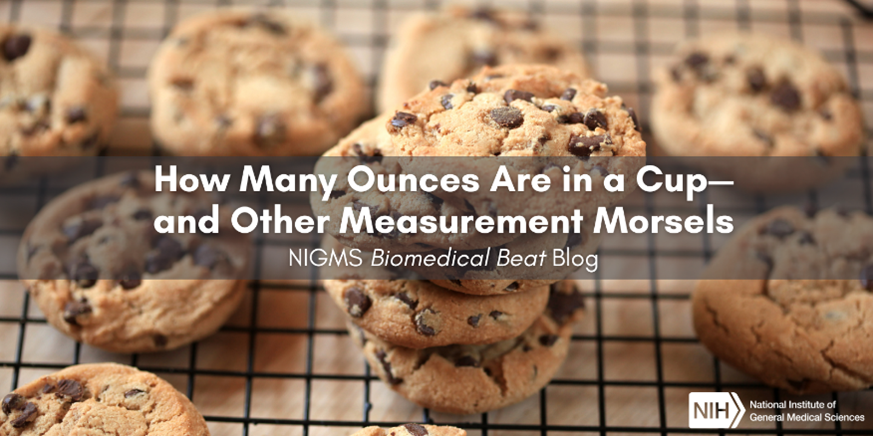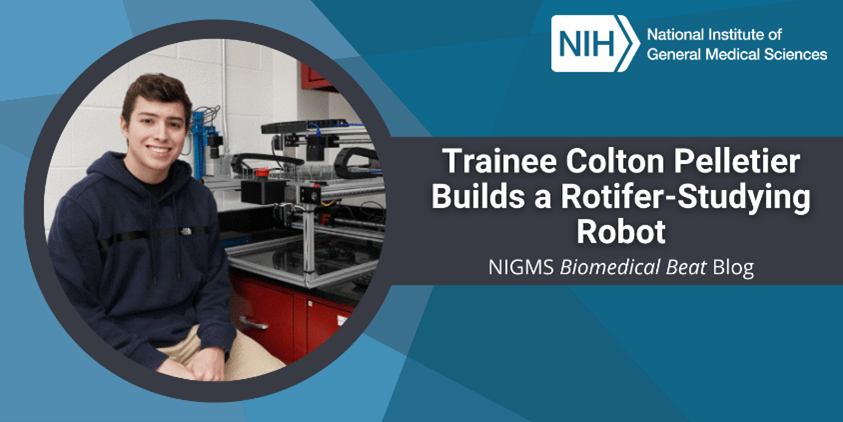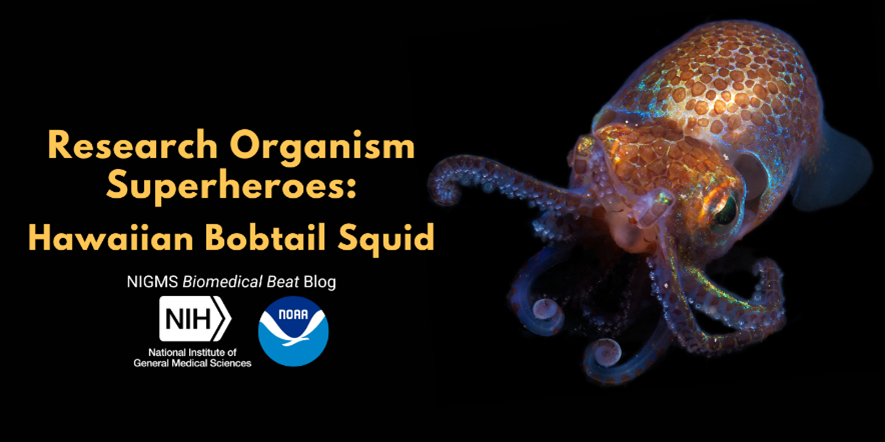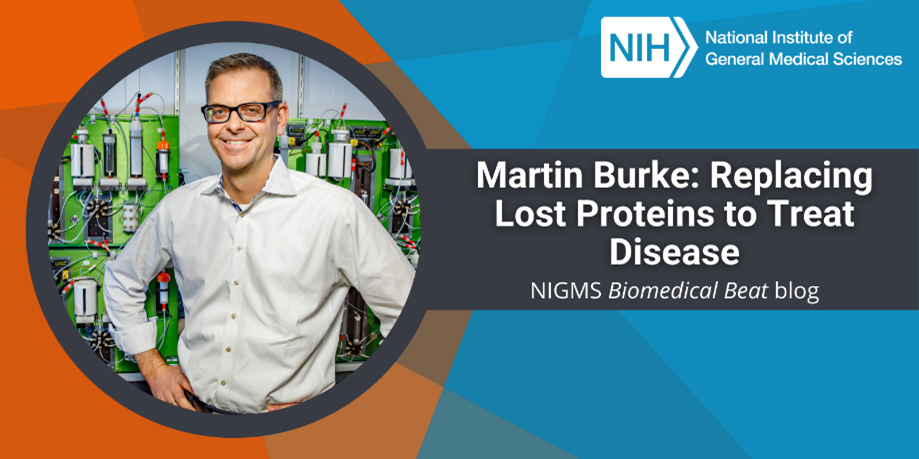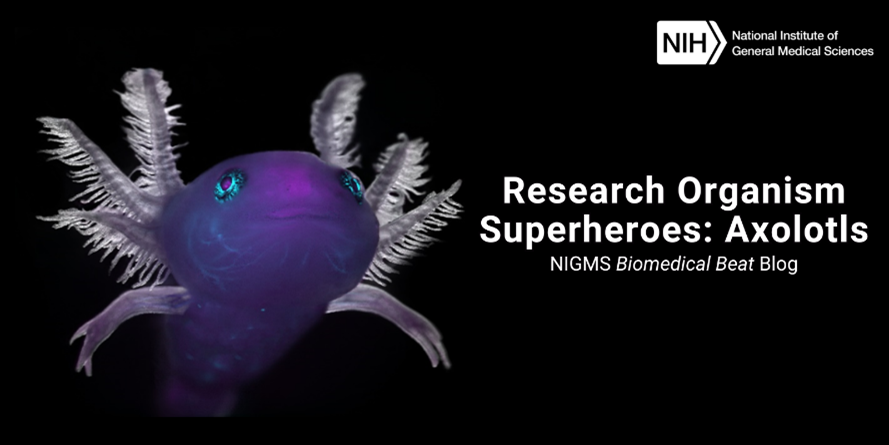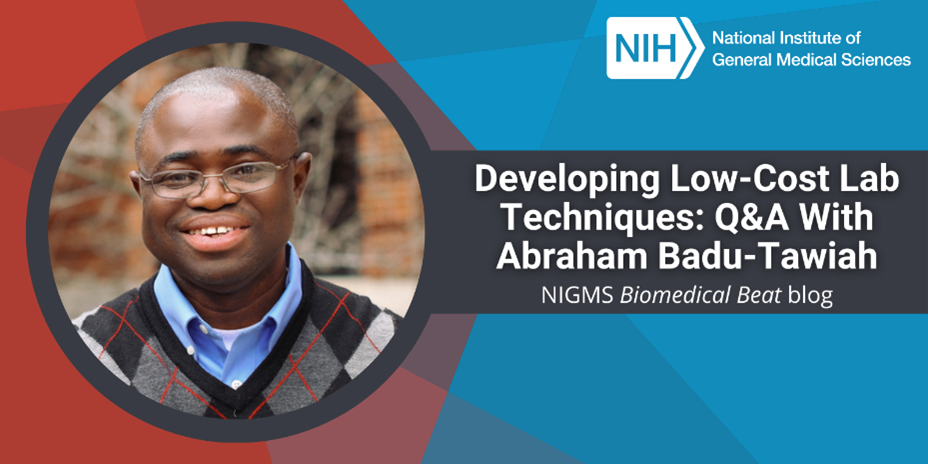This time of year, many creepy crawlies take center stage to frighten people of all ages. To celebrate Halloween, we’ve conjured up a slideshow of fascinating but spooky species that NIGMS-funded scientists study. Some of these creatures drink blood like vampires, while others—frogs, worms, flies, and salamanders—are perfect cauldron ingredients for a witch’s brew. Check out the slideshow—if you dare!
Continue reading “Slideshow: Creepy Crawlies”Category: Tools and Techniques
What Is CRISPR?
It might sound like a science fiction author made up genetic engineering, but it’s a real tool researchers use in the laboratory! A gene is a segment of DNA that codes for a protein. The information within a gene directs the building of a protein, block by block, through the process of gene expression. For a variety of reasons, including learning about certain cellular processes, scientists use genetic engineering in the lab to manipulate a cell’s genes and the proteins they encode.
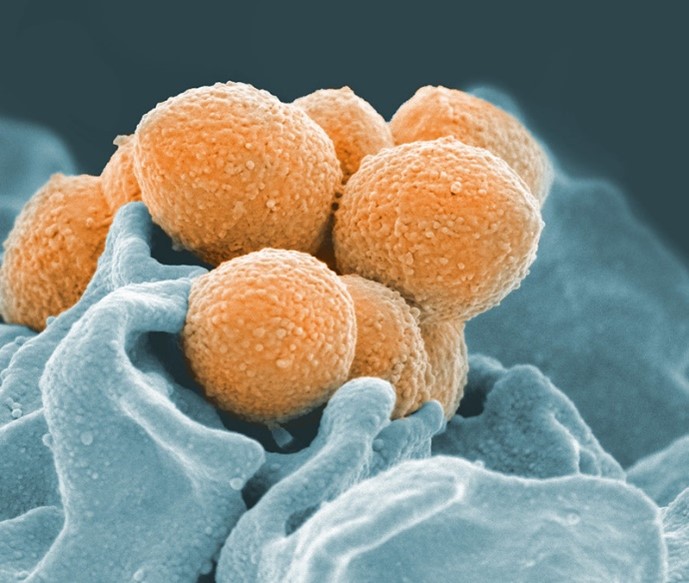
One of the most commonly used genetic engineering techniques is called clustered regularly interspaced short palindromic repeats (CRISPR), named for the odd, repeating sequences that researchers found in bacterial DNA in 1987.
Eventually, researchers discovered that these sequences are part of a bacterial immune system. (Just like humans, bacteria are susceptible to viral infections!) Some bacteria are able to insert short sequences of DNA from viruses that previously infected them into their own genome, allowing them to “remember” and more quickly recognize that virus in the future. If the invader tries to attack again, the bacterium recognizes and kills it by chopping up the part of its DNA that matches the “memory” using a special type of protein, an enzyme called CRISPR-Associated (Cas) protein. Our own immune systems also have the ability to remember pathogens through our adaptive immune response.
Continue reading “What Is CRISPR?”How Many Ounces Are in a Cup—and Other Measurement Morsels
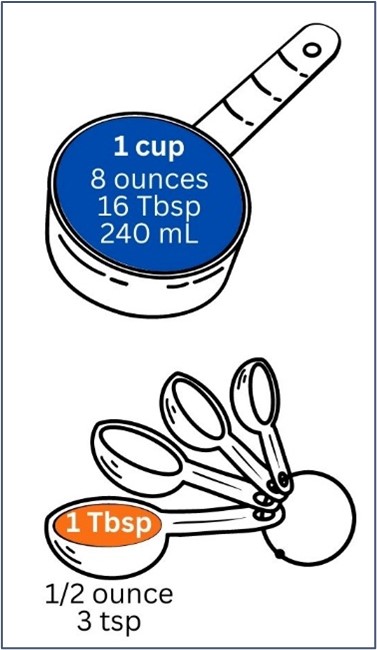
Do you find yourself frustrated while baking when trying to convert between measuring units, like cups to ounces? First of all, we can help with that one: 1 cup is equal to 8 ounces (oz), 16 tablespoons (Tbsp), 48 teaspoons (tsp), or 240 milliliters (mL).
Based on their names, you can probably guess that people began using the tools they had, like cups, teaspoons, and tablespoons, to measure ingredients in the kitchen. They eventually standardized these units of measure because not all spoons or cups were the same size. So now, instead of a recipe calling for milk that fills half a teacup or enough water to fill a coffee cup, we use the standard measuring cup, tablespoon, and teaspoon. In the research lab, scientists use scales and balances to measure solids—not cups—and a variety of tools to measure liquid, from syringes and pipettes to graduated cylinders and flasks—but never spoons!
Continue reading “How Many Ounces Are in a Cup—and Other Measurement Morsels”Trainee Colton Pelletier Builds a Rotifer-Studying Robot
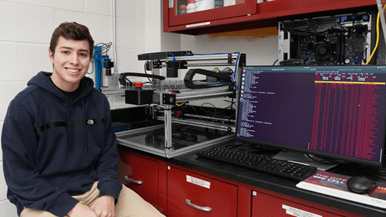
During his time at Roger Williams University (RWU) in Bristol, Rhode Island, Colton Pelletier built a robot that will help simplify data collection for research projects in the lab he worked in—and others—for years to come. Aiding in Colton’s success in the lab was NIGMS funding through the Institutional Development Award (IDeA) Networks of Biomedical Research Excellence (INBRE) program. INBRE funds statewide networks of higher education in IDeA states such as Rhode Island, which have historically received low levels of NIH funding. The program supports faculty research, mentoring, student participation in research, and research infrastructure by connecting primarily undergraduate institutions with research-intensive universities in the state.
Continue reading “Trainee Colton Pelletier Builds a Rotifer-Studying Robot”Research Organism Superheroes: Hydras
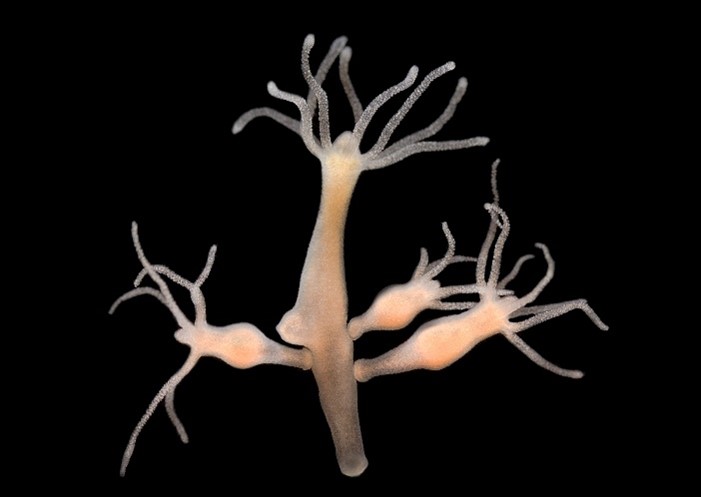
Hydras might look like they’re visitors from outer space, but they’re actually Earth-dwelling animals that can be found in fresh water, like ponds or gentle streams. The body of a hydra consists of a thin tubelike stalk that’s about an inch long with several tentacles extending from one end. Some hydras can grow an armlike extension that eventually pops off the main stem to become a new hydra.
Humans have studied hydras for hundreds of years. Antonie van Leeuwenhoek, one of the earliest known microscopists, first described them in 1703 when he looked at water samples under a microscope. You can see hydras—whose bodies are about the length of a paperclip—without them, but microscopes help researchers see their shape in better detail. Scientists commonly use hydras as research organisms because of their incredible ability to regrow lost body parts after injury through a process called regeneration.
Continue reading “Research Organism Superheroes: Hydras”Research Organism Superheroes: Hawaiian Bobtail Squid
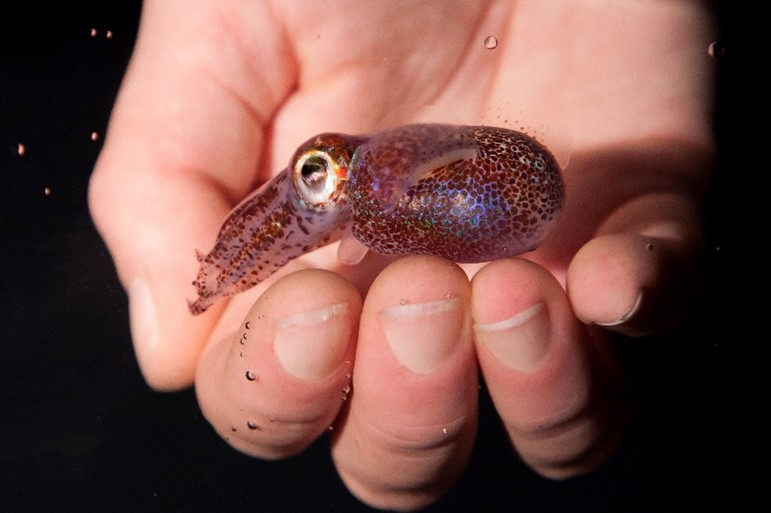
The Hawaiian bobtail squid (Euprymna scolopes) is only about as big as a golf ball, but what it lacks in size, it makes up for in its superpower—an invisibility cloak to be exact. Thanks to its symbiotic relationship with the bioluminescent bacteria Vibrio fischeri, it’s able to seemingly disappear from its predators when swimming at night.
These super-squid live in the shallow coastal waters in the Pacific, like those around the Hawaiian Islands. They’re nocturnal, so they hunt their prey—small shrimp and other crustaceans—at night and hide, often by burying themselves in the sand, during the day while they rest. Although Hawaiian bobtail squid live their short 3-10 month lives around one another, they generally only interact for breeding, and even then, they only reproduce once in their lifetimes and die soon after reproduction.
Continue reading “Research Organism Superheroes: Hawaiian Bobtail Squid”Martin Burke: Replacing Lost Proteins to Treat Disease
As a medical student, Martin Burke, M.D., Ph.D., helped care for a young college student with cystic fibrosis (CF), an inherited disease that affects the body’s ability to make sweat and mucus. Dr. Burke had just studied CF in class, so he relayed what he had learned to her. He had a lot of information to give—doctors and researchers know the exact amino acid changes in an ion channel protein called cystic fibrosis transmembrane conductance regulator (CFTR) that cause CF.
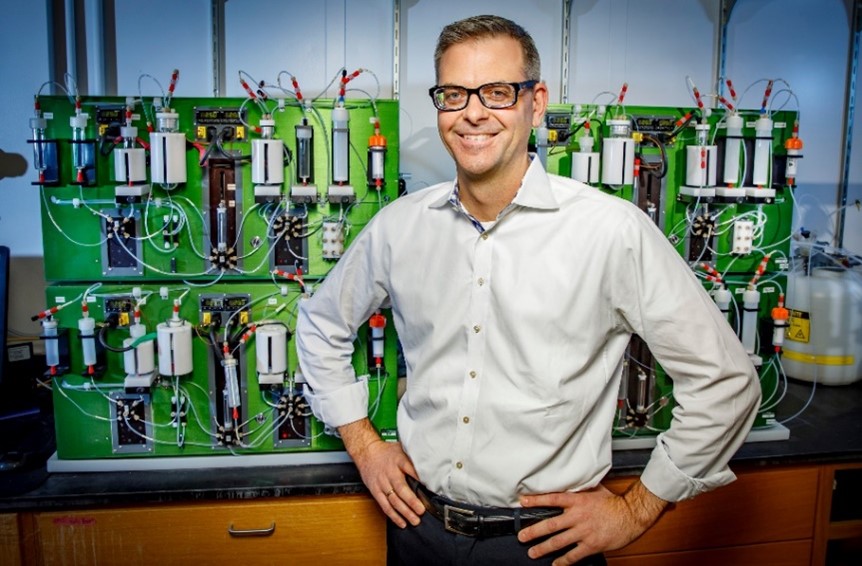
“At one point in the conversation, she stopped me and said, ‘It sounds like you know exactly what’s wrong with me, so why can’t you fix it?’” Dr. Burke, now the May and Ving Lee Professor for Chemical Innovation at University of Illinois Urbana-Champaign (UIUC), never forgot this question. In fact, it’s inspired his career-long search for new ways to develop therapies for diseases without effective treatment options.
Continue reading “Martin Burke: Replacing Lost Proteins to Treat Disease”In Other Words: What Being Unionized Means for Molecules
Did you know that molecules can be unionized? But it doesn’t mean they form a labor union. In chemistry, unionized (pronounced “un-ionized”) is the opposite of ionized, which means “electrically charged.”

Research Organism Superheroes: Axolotls
The friendly-looking axolotl (Ambystoma mexicanum) doesn’t seem to have much in common with its namesake, Xolotl—the Aztec god of lightning, death, and fire. In fact, axolotls can regrow lost limbs and other body parts like organs and parts of their central nervous systems—which goes against the concept of death!
Continue reading “Research Organism Superheroes: Axolotls”Developing Low-Cost Lab Techniques: Q&A With Abraham Badu-Tawiah
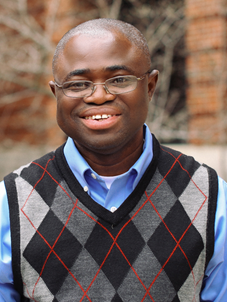
“I never thought I could make an impact on chemistry and students’ lives. But now, I’m the head of a lab with several Ph.D. and undergraduate students and a postdoctoral researcher; and we’re developing simple, low-cost lab techniques that can be adopted by labs across the world,” says Abraham Badu-Tawiah, Ph.D., the Robert K. Fox Professor of Chemistry at Ohio State University in Columbus. We talked with Dr. Badu-Tawiah about his career progression, research, and advice for students hoping to launch a career in science.
Q: How did you get started on the path to a career in science?
A: In Ghana, where I grew up, education works differently than in the United States. High school students are assigned subjects to study primarily based on their grades, and once assigned a subject, it’s difficult to switch. I was assigned to math, physics, and chemistry, which put me on a path toward being an engineer. I was happy to be studying science, but after the death of my brother, I wanted to study medicine more than engineering.
Continue reading “Developing Low-Cost Lab Techniques: Q&A With Abraham Badu-Tawiah”



